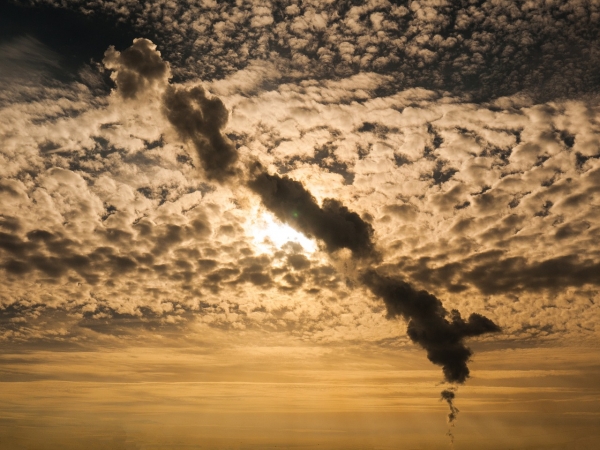University of Houston atmospheric science researchers have found that while local emissions play a role in the rise of ozone levels in Houston, most of the pollutants can be carried in from other regions across the country, leading to excess ozone pollution. Their findings offer insights into strategies to mitigate future ozone pollution for the region.
The research team focused on two ozone episodes in September 2021 (Sept. 6 – 11 and Sept. 23 – 26). The month of September is the typical annual ozone peak due to high temperatures, lack of rain and air circulation patterns that transport polluted air from the north.
Their analysis revealed that roughly 63% of the excess ozone during this period was due to the transported ozone from the central and northern part of the country, while approximately 37% of the elevated ozone production was attributed to local photochemistry. The work was published in the journal Science of the Total Environment.
“Our study shows that Houston air pollution is a very complex phenomenon. There are both local and regional reasons for high ozone,” said Yuxuan Wang, corresponding author and associate professor of atmospheric chemistry at UH’s College of Natural Sciences and Mathematics. “Our findings also highlight that local emission control is critical.”
Read more at University of Houston
Photo Credit: MonikaP via Pixabay


